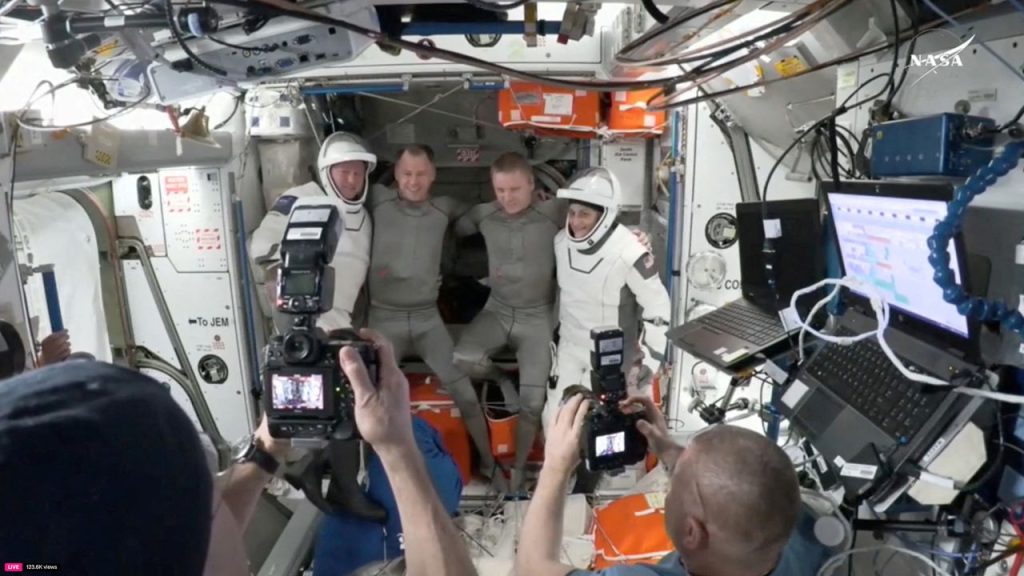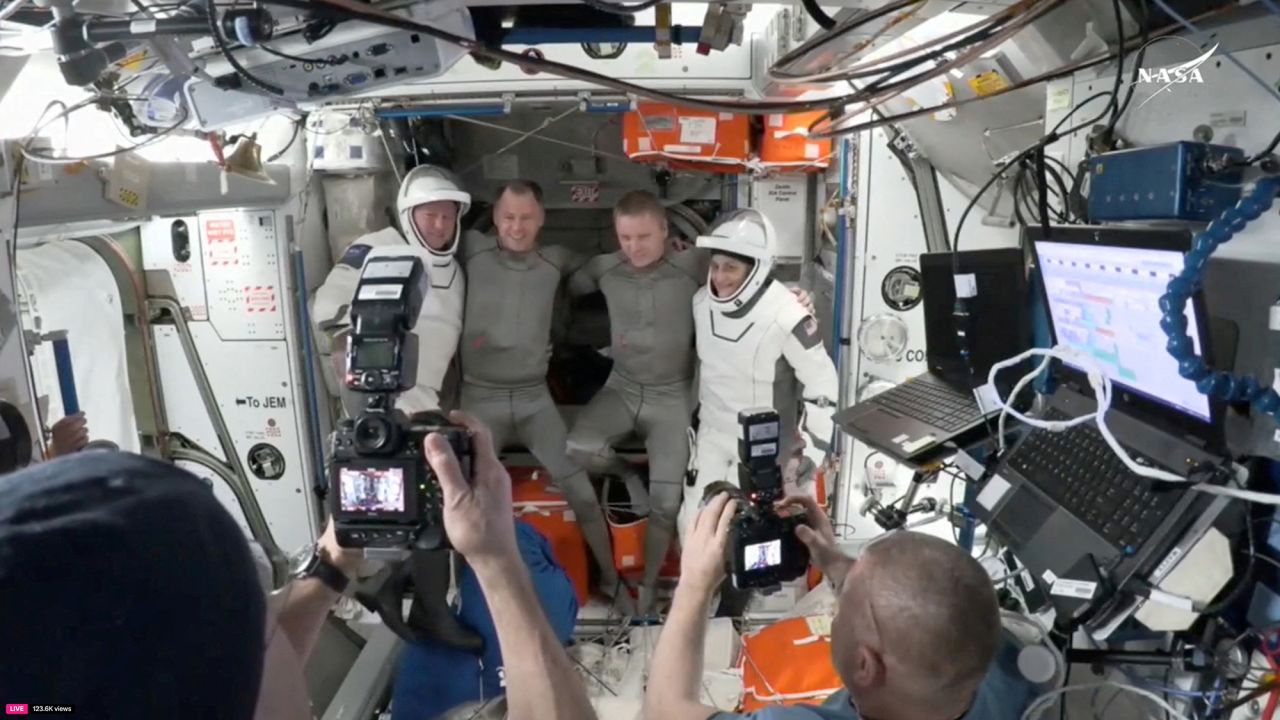
NASA astronauts Sunita “Suni” Williams and Barry “Butch” Wilmore have safely returned to Earth after an unplanned nine-month mission aboard the International Space Station (ISS). Their mission, initially intended to last approximately eight days, was extended due to technical issues with their return spacecraft, Boeing’s Starliner.
Extended Stay in Space
Williams and Wilmore launched aboard Boeing’s Starliner spacecraft on June 5, 2024, as part of the Crew Flight Test mission. The Starliner experienced propulsion system malfunctions, including helium leaks and thruster failures, rendering it unsafe for their return. Consequently, NASA and Boeing decided to leave the astronauts aboard the ISS, prioritizing safety and mission success.
Life Aboard the ISS
During their extended stay, Williams and Wilmore conducted over 150 scientific experiments and technology demonstrations. These studies encompassed plant growth, stem cell research, and testing lighting systems to maintain circadian rhythms. Williams also completed two spacewalks, setting a record for total spacewalking time by a female astronaut, with 62 hours and 6 minutes outside the station
Safe Return to Earth
On March 18, 2025, the astronauts returned aboard SpaceX’s Crew Dragon capsule, which had been docked at the ISS since September 2024. The capsule splashed down safely off the coast of Florida at 5:57 p.m. EDT. NASA teams retrieved the spacecraft and its crew, who underwent medical evaluations upon return.
Health Considerations
Prolonged exposure to microgravity can lead to muscle atrophy, bone density loss, and fluid shifts affecting vision. Space radiation poses additional risks, including increased cancer risk. The astronauts will undergo comprehensive medical assessments to monitor and address any health impacts resulting from their extended mission.
Mission Significance
The Crew-9 mission highlighted the challenges of long-duration spaceflight and the importance of international collaboration. It also underscored the need for reliable spacecraft to ensure crew safety and mission success. NASA continues to work with private partners like Boeing and SpaceX to advance human space exploration capabilities. <<<more>>>


